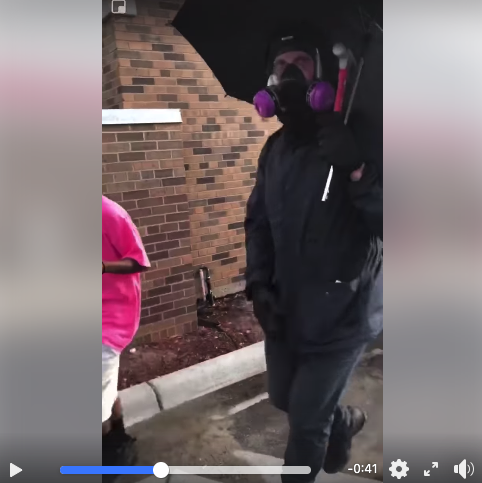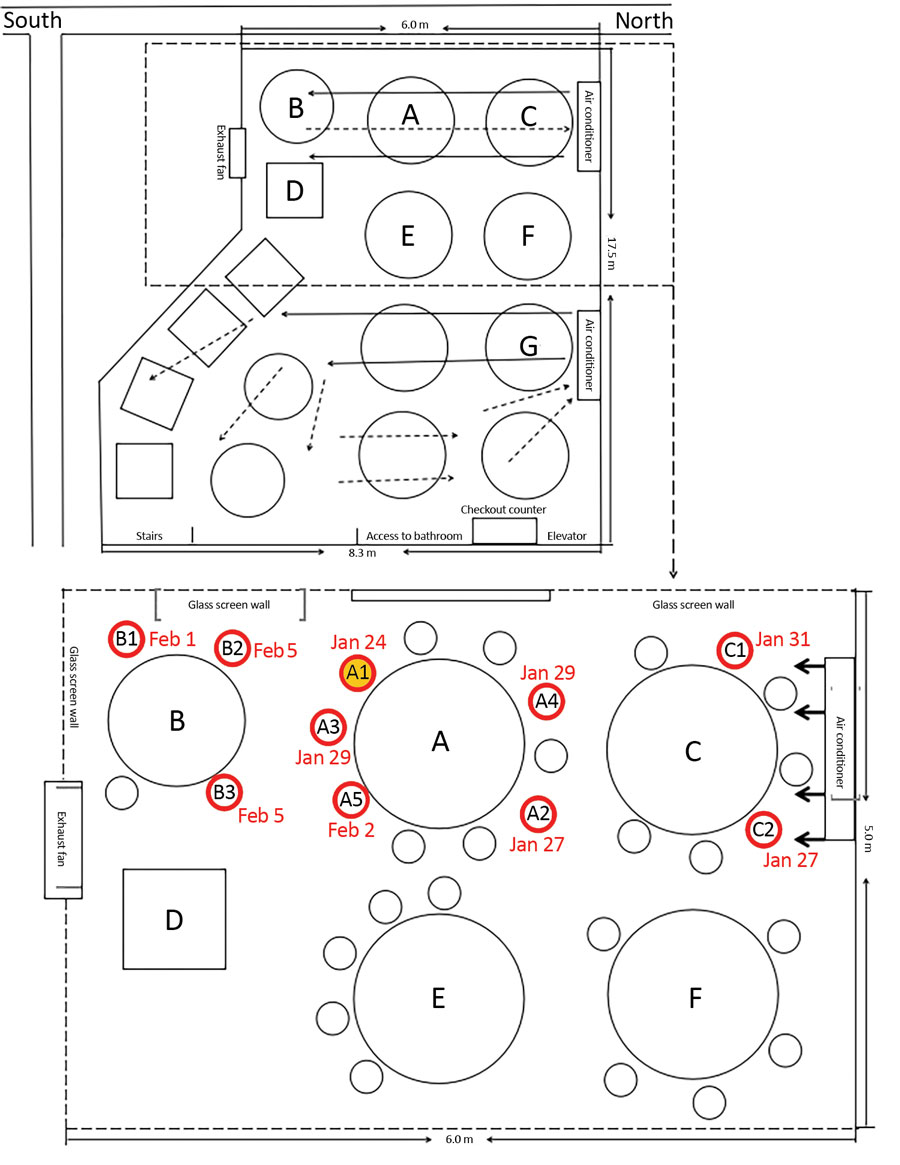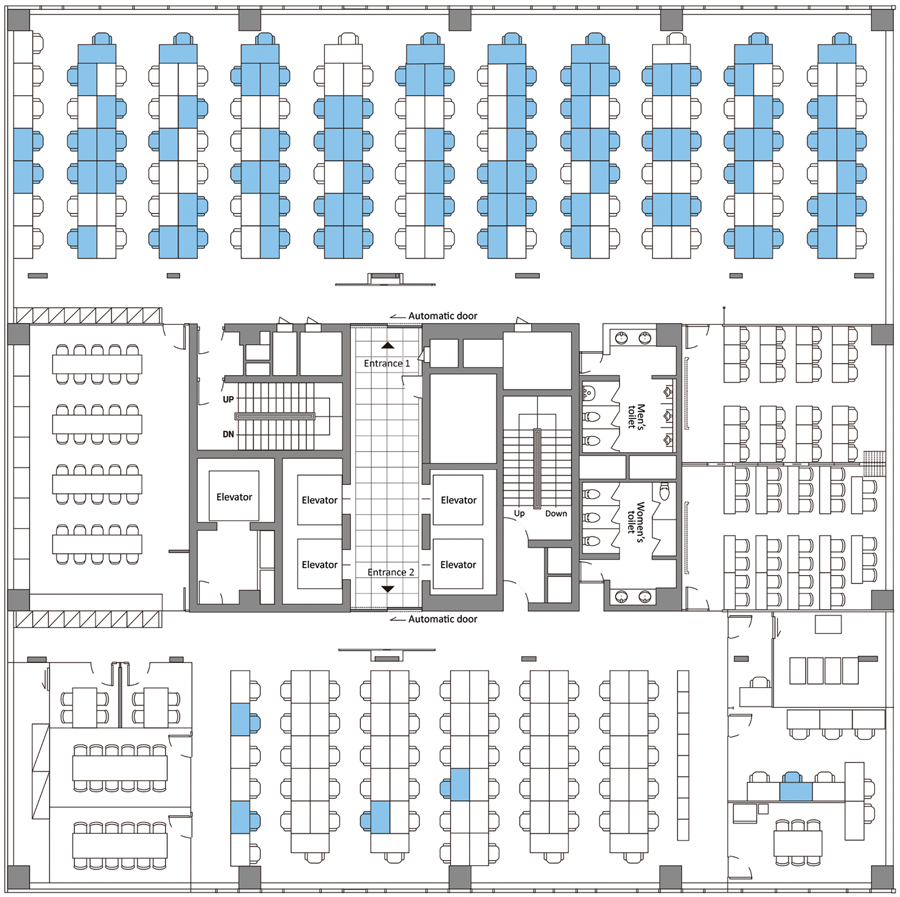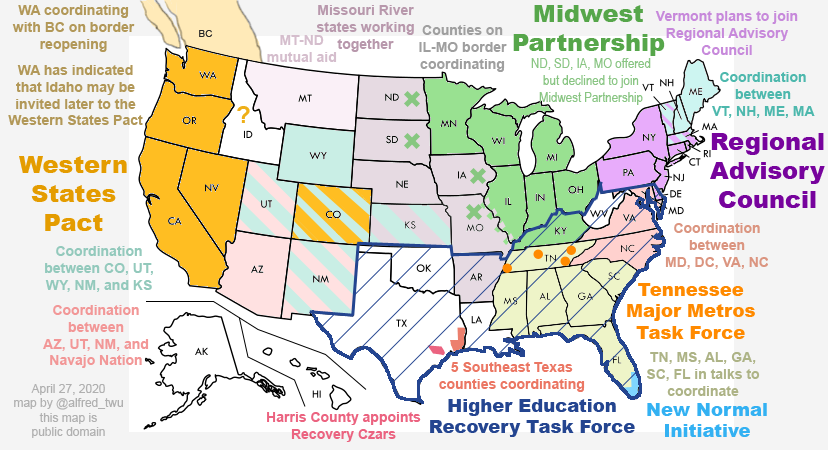by Tony Wikrent
Black Injustice Tipping Point
Donald Trump puts Army on four hour notice to deploy to US streets for first time since LA riots in 1992 as Minneapolis erupts for fourth night and George Floyd violence sweeps the country[Daily Mail, via Naked Capitalism 5-30-20]
Seven Reasons Police Brutality Is Systemic, Not Anecdotal
[American Conservativel, via Naked Capitalism 5-30-20]
Strategic Political Economy
[Wall Street Journal, via Naked Capitalism Water Cooler 5-28-20]
“General Electric Co. is turning out the lights on an iconic part of its business. The company is getting out of making lightbulbs…. selling a unit that defined GE for nearly a century and was its last direct link to consumers. The company will sell its lighting business to Massachusetts-based Savant Systems Inc., a seller of home-automation technology in a transaction that values the unit at around $250 million.... That hardly makes the business a financial heavyweight, but the sale is the latest sign of the transformation of the American manufacturing landscape and a big marker in the changes at GE. The company has been selling off industrial units to pare down its debts, making GE smaller but also making it more reliant on an aviation unit that now faces tough prospects under the coronavirus pandemic.”







